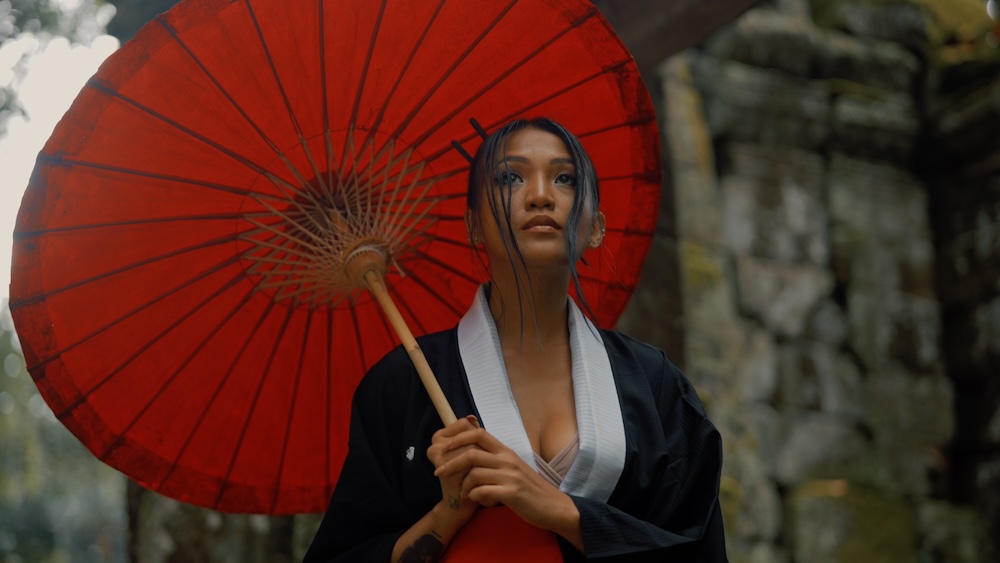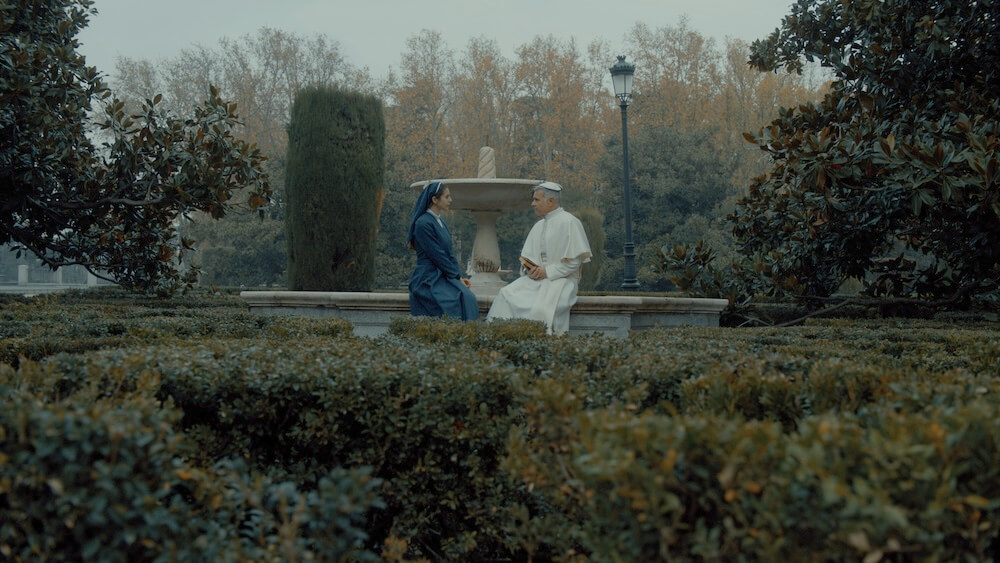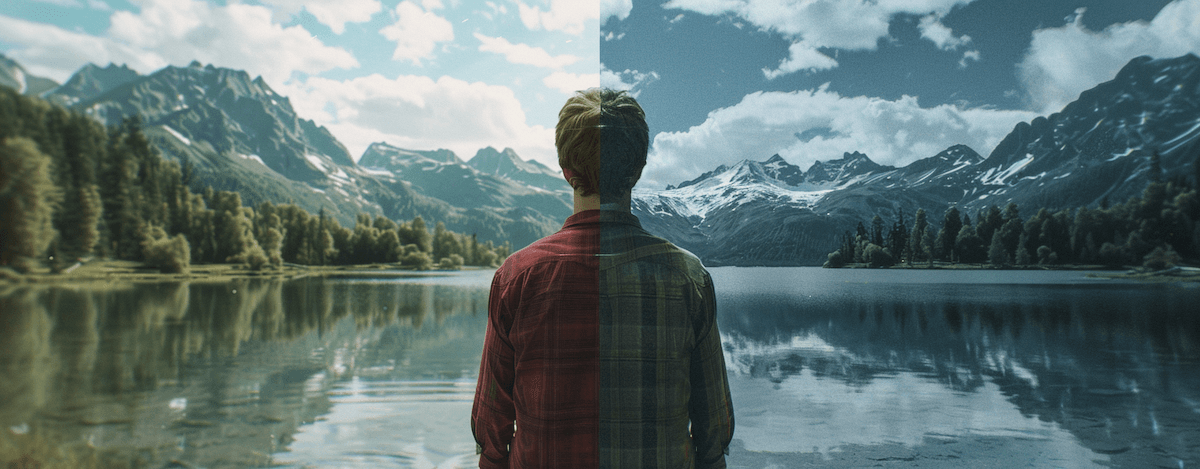The term "cinematic" evokes a vast spectrum of imagery, emotions, and storytelling techniques that are as dynamic as the film industry itself. At its core, cinematic refers to anything related to cinema or filmmaking, including the distinctive styles and elements that make the medium of film uniquely compelling. This exploration delves into the multifaceted nature of cinematic experiences, shedding light on its broader definition before narrowing the focus to its specific application in filmmaking.
In the realm of filmmaking, the cinematic quality is often synonymous with the visual storytelling that distinguishes movies from other forms of narrative. It encompasses a variety of components, each contributing to the overall impact of the film on its audience.
At the heart of cinematic storytelling lies the art of visual composition. This involves the meticulous arrangement of visual elements within each frame to convey emotions, themes, and narrative progressions. Cinematographers and directors work hand in hand to craft scenes that leverage lighting, color palettes, and camera angles to evoke specific reactions from the viewers, turning each shot into a storytelling masterpiece.

Lighting is not just about making sure audiences can see the actors; it's a sophisticated tool that shapes the film's visual and emotional landscape. Cinematographers employ various lighting techniques to sculpt scenes, create mood, and guide viewers' attention. Three primary lighting styles play crucial roles:
Lighting can also be manipulated to evoke specific times of day, seasons, or even to emulate the lighting styles of particular genres or eras, contributing to the film's unique atmosphere and setting.

The deliberate choice of color palettes is a powerful narrative and aesthetic tool in cinema. Colors can evoke specific emotions, signal character development, and highlight changes within the story. Directors and cinematographers often use color theory to enhance storytelling:
Understanding and harnessing the psychological impact of colors allows filmmakers to craft visually compelling and emotionally resonant scenes that resonate with audiences on a subconscious level.

The way a camera is positioned and moved within a scene can tell a story all on its own, offering insights into the narrative and characters without a single line of dialogue. Different camera angles and movements serve specific storytelling purposes:
Camera movements, such as pans, tilts, and zooms, can also be used to reveal important details, shift narrative focus, or create visual interest, further immersing viewers in the cinematic experience. Through these techniques, filmmakers can guide the audience's emotional journey, offering deeper insights into the story's psychological and thematic elements. Mare sure to optimize your camera settings for best results.
Sound design and music are integral to the cinematic experience, working in harmony with visual elements to enrich the narrative. The thoughtful integration of diegetic and non-diegetic sounds adds layers to the story, while musical scores can underscore emotional beats, enhance tension, and elevate the storytelling to new heights.
Editing is the invisible art that stitches together the tapestry of cinematic storytelling. It controls the pacing, transitions, and structure of the film, determining how scenes unfold and interact with each other. Through techniques like cross-cutting, match cuts, and the juxtaposition of shots, editors shape the narrative flow, influencing how the story is perceived and experienced.
The definition of cinematic is not static; it evolves with advances in technology, changes in audience preferences, and the creative visions of filmmakers. From the silent era's reliance on visual storytelling to the advent of sound, color, and now digital effects, cinematic techniques have continually adapted, pushing the boundaries of what can be achieved on screen.

The incorporation of digital effects and CGI has expanded the filmmaker's toolkit, allowing for the creation of new worlds, extraordinary visuals, and previously unimaginable sequences. Yet, at its essence, the cinematic continues to be defined by its ability to tell stories that resonate, transporting audiences to different realities through the power of visual storytelling.
Cinematic is a term that captures the essence of film as an art form. It encompasses the techniques, aesthetics, and creative decisions that make movies an immersive and emotionally engaging experience. As we have explored, the cinematic quality in filmmaking involves a harmonious blend of visual, auditory, and narrative elements, each meticulously crafted to enhance the storytelling. From the strategic use of lighting and color to the art of editing and sound design, cinematic techniques continue to evolve, reflecting the endless possibilities of imagination and creativity in the world of film.

CINEMA LUTS PRO+
Turn your footage into cinematic masterpieces with our 1-Click solution LUTs. Over 30 handcrafted presets are waiting for you!
© cinema-luts.com
Imprint - Privacy Policy - Cookies - EAA - Blog